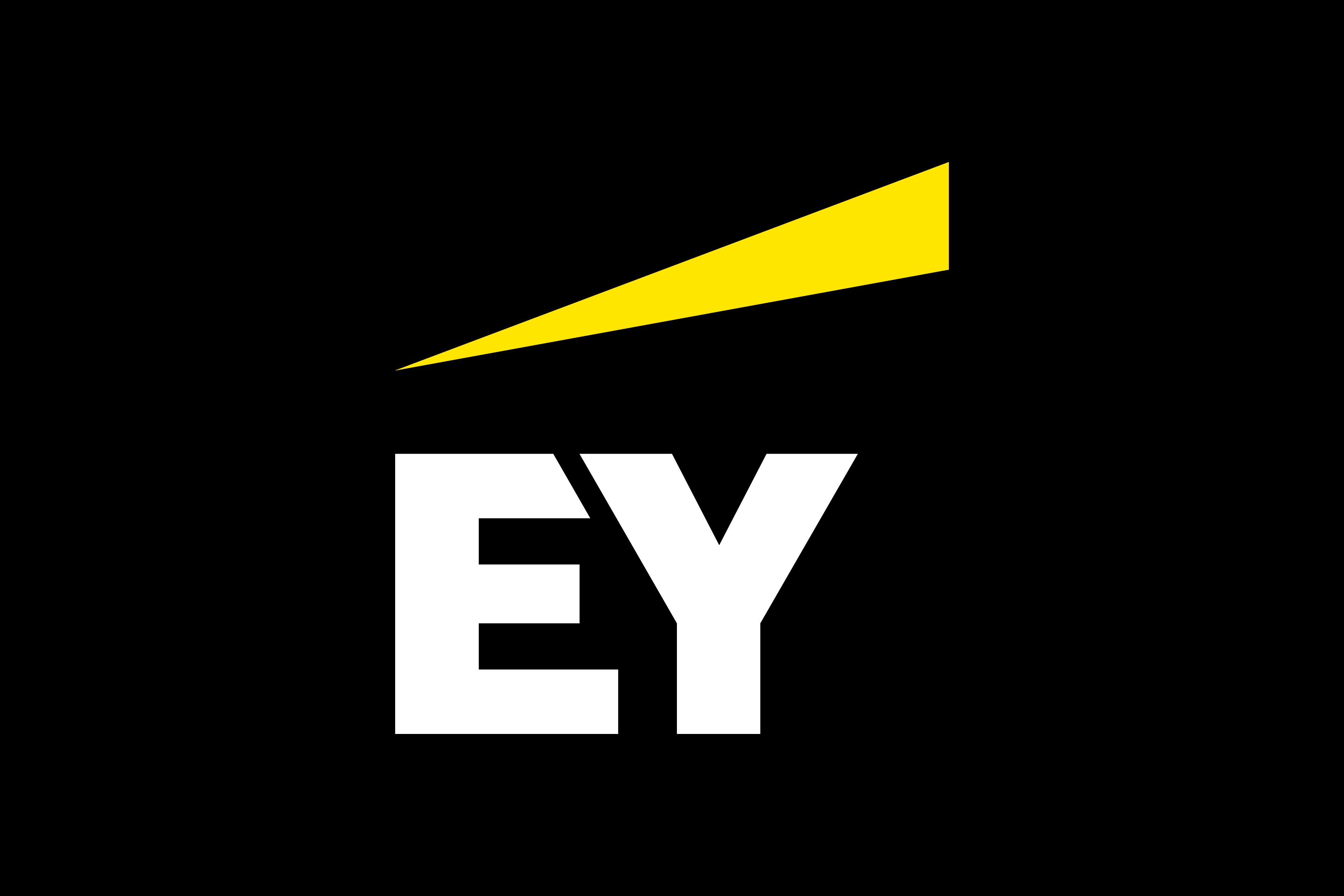EY refers to the global organization, and may refer to one or more, of the member firms of Ernst & Young Global Limited, each of which is a separate legal entity. Ernst & Young Global Limited, a UK company limited by guarantee, does not provide services to clients.
How EY can help
-
The Geostrategic Business Group can help translate geopolitical insights into business strategy to help manage political risk. Find out how.
Read more
As the global trade landscape becomes more volatile, Irish life sciences exporters are facing a growing list of strategic uncertainties. From potential tariffs to sweeping drug pricing reforms, the U.S. market, the industry’s most lucrative and influential may soon look very different. And for Ireland, a key export hub for pharmaceuticals, the implications could be significant.
Recent developments signal a harder line on healthcare sovereignty and domestic resilience in the U.S. The Section 232 review, once limited to industries deemed critical to national security, is now being expanded to assess pharmaceutical imports. While pharma products remain exempt today, early indicators suggest that tariffs—possibly as high as 50%—could be on the table. And unlike previous trade actions, these measures may not be country-specific but product-specific, potentially targeting areas like obesity drugs or oncology treatments based on strategic U.S. healthcare priorities.
Layered on top of this is the possible reintroduction of a “Most Favoured Nation” (MFN) pricing model—an international reference pricing mechanism that would force pharmaceutical companies to align U.S. prices with the lowest rates in a basket of comparable OECD economies. Given Ireland’s high per capita GDP, Irish price points could become a benchmark under this model, raising concerns for manufacturers whose U.S. margins help fund global R&D investments.
The MFN proposal also aims to dismantle what U.S. policymakers see as systemic inefficiencies: price arbitrage, middlemen like Pharmacy Benefit Managers (PBMs), and opaque rebate systems. It’s a move that could upend traditional pricing and distribution structures, and reshape how products are launched, priced, and promoted in the U.S.
For Irish pharma firms, the strategic question isn’t just about tariffs or price controls, it’s about preparedness. How resilient are current U.S. market strategies? Which products or sites are most exposed to disruption? Could dual-market manufacturing, tax-compliant pricing transparency, or regulatory agility become competitive differentiators?
Moreover, U.S. efforts to repatriate pharmaceutical manufacturing bolstered by FDA incentives, expedited approvals, and infrastructure investment may put further pressure on Irish exporters to demonstrate added value through compliance, ESG credentials, and supply chain robustness. Those with flexible manufacturing capabilities, strong regulatory track records, and a willingness to co-invest in U.S. linked infrastructure may find new partnership opportunities despite the protectionist turn.
Irish businesses in life sciences must now act with foresight. This means scenario-planning for various U.S. pricing and trade outcomes, engaging with policymakers to shape viable pathways forward, and ensuring their operations are resilient, agile, and transparent.









